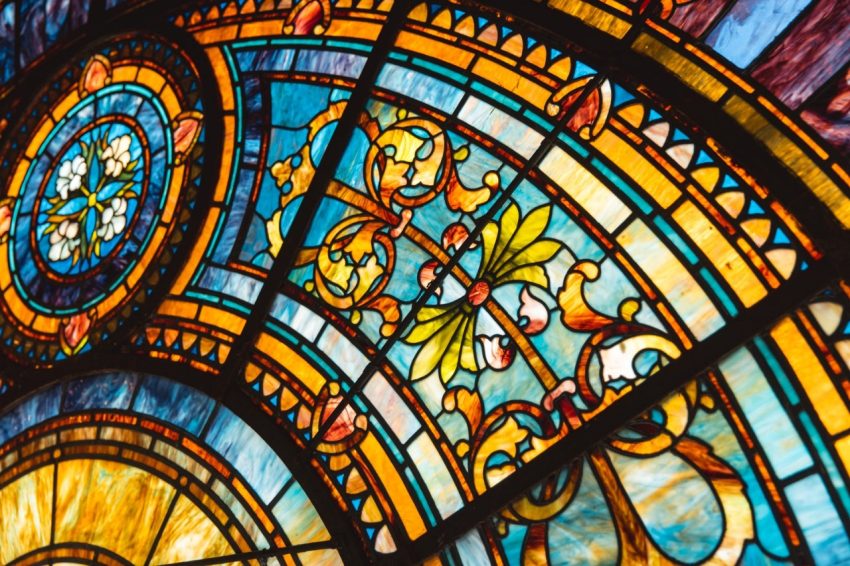Medieval stained glass stands as one of the most captivating achievements of the Middle Ages. Created between the 10th and 16th centuries, these colorful masterpieces adorned cathedrals, chapels, and civic buildings, blending art, faith, and craftsmanship. Today, Medieval stained glass is admired not only for its beauty but also for its historical value and the skill it represents. Understanding its history, value, and artistry provides deeper insight into why these works remain so sought after.
The History of Medieval Stained Glass
Stained glass making in Europe flourished during the Gothic era, particularly between the 12th and 15th centuries. Churches used medieval stained glass as both decoration and a teaching tool. With most of the population unable to read, biblical stories, saints’ lives, and moral lessons were depicted in luminous detail.
Origins and Early Development
The earliest medieval stained glass windows appeared in Romanesque churches, often with bold outlines and limited colors. As Gothic architecture evolved, so did stained glass design—windows became larger, compositions more complex, and colors richer.
Golden Age
The 13th century is often considered the golden age of medieval stained glass, with masterpieces like those at Chartres Cathedral and Sainte-Chapelle showcasing unparalleled artistry and craftsmanship.
The Value of Medieval Stained Glass
The value of medieval stained glass depends on age, condition, rarity, and provenance. Pieces from renowned workshops or associated with famous cathedrals can command extraordinary prices.
Factors Affecting Value
- Age – Older, intact panels from the early Gothic period are the rarest and most valuable.
- Condition – Minimal restoration and original glass increase desirability.
- Subject Matter – Unusual iconography, heraldry, or donor portraits can enhance value.
- Provenance – Documented history of ownership strengthens both authenticity and price.
Investment Potential
Collectors, museums, and historic institutions continue to compete for high-quality examples. Well-preserved panels have shown consistent long-term appreciation in value.
The Artistry Behind Medieval Stained Glass
The creation of medieval stained glass was a complex process combining artistic vision with technical mastery.
Materials and Techniques
Artisans used pot-metal glass colored with metallic oxides, then cut it into pieces to fit a design known as a cartoon. Details were painted with vitreous paint and silver stain, then fired in a kiln to make the designs permanent.
Design and Symbolism
Each panel was rich in symbolism, from biblical scenes to allegorical imagery. Colors were chosen not only for visual impact but also for spiritual meaning—blue for heaven, red for sacrifice, green for rebirth.
Preservation Challenges
Centuries of exposure to weather, pollution, and war have taken their toll on medieval stained glass. Restoration and protective measures are essential to safeguard these artworks for the future. Conservationists work to balance maintaining historical authenticity with preventing further deterioration.
Famous Examples of Medieval Stained Glass
- Chartres Cathedral, France – Celebrated for its deep cobalt blues and intricate narrative windows.
- York Minster, England – Home to the Great East Window, one of the largest medieval stained glass windows in the world.
- Sainte-Chapelle, Paris – Renowned for its stunning walls of light and color.
Conclusion
Medieval stained glass is a remarkable fusion of history, value, and artistry. Each panel represents the vision of medieval craftsmen, the devotion of patrons, and the architectural brilliance of the Gothic age. For collectors, historians, and art lovers, these works offer not just beauty but a direct connection to centuries of cultural and spiritual heritage. Preserving and appreciating medieval stained glass ensures that its light will continue to inspire for generations to come.
